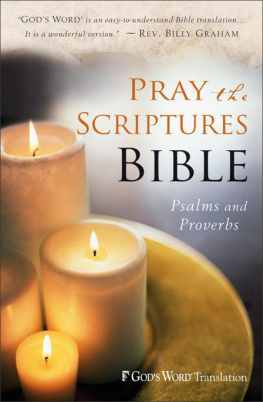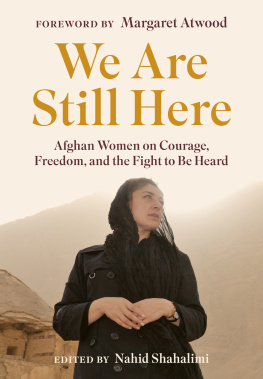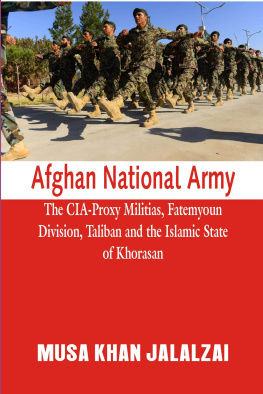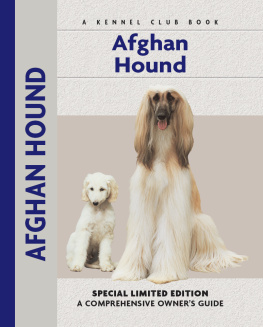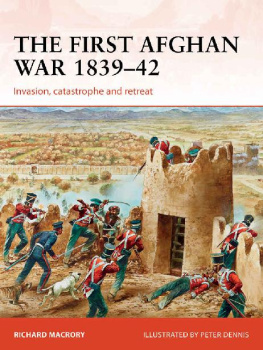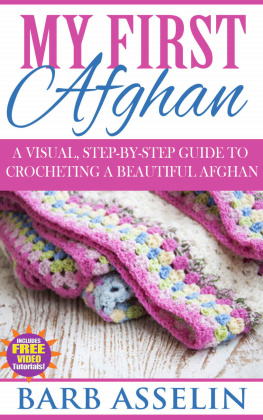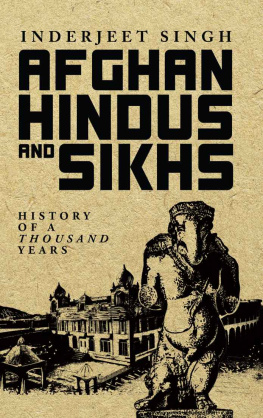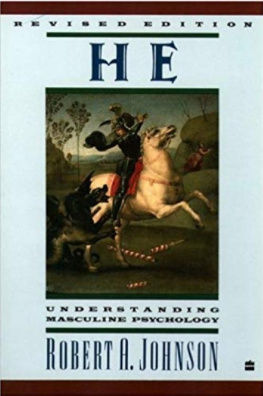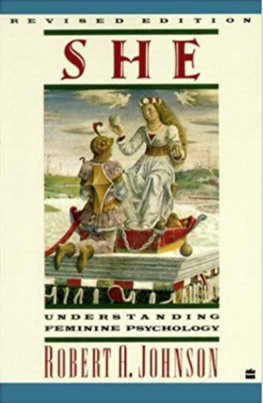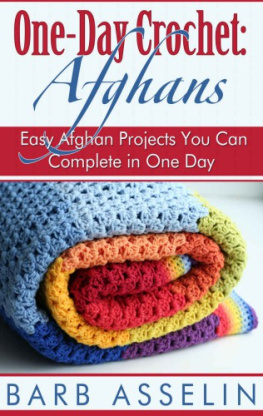Johnson - The Afghan way of war: how and why they fight
Here you can read online Johnson - The Afghan way of war: how and why they fight full text of the book (entire story) in english for free. Download pdf and epub, get meaning, cover and reviews about this ebook. City: New York, , Auckland etc., Oxford, year: 2012, publisher: Oxford university press, genre: Politics. Description of the work, (preface) as well as reviews are available. Best literature library LitArk.com created for fans of good reading and offers a wide selection of genres:
Romance novel
Science fiction
Adventure
Detective
Science
History
Home and family
Prose
Art
Politics
Computer
Non-fiction
Religion
Business
Children
Humor
Choose a favorite category and find really read worthwhile books. Enjoy immersion in the world of imagination, feel the emotions of the characters or learn something new for yourself, make an fascinating discovery.

The Afghan way of war: how and why they fight: summary, description and annotation
We offer to read an annotation, description, summary or preface (depends on what the author of the book "The Afghan way of war: how and why they fight" wrote himself). If you haven't found the necessary information about the book — write in the comments, we will try to find it.
The Afghan way of war: how and why they fight — read online for free the complete book (whole text) full work
Below is the text of the book, divided by pages. System saving the place of the last page read, allows you to conveniently read the book "The Afghan way of war: how and why they fight" online for free, without having to search again every time where you left off. Put a bookmark, and you can go to the page where you finished reading at any time.
Font size:
Interval:
Bookmark:
THE AFGHAN WAY OF WAR
ROB JOHNSON
How and Why They Fight


Oxford University Press, Inc., publishes works that further
Oxford Universitys objective of excellence
in research, scholarship, and education.
Oxford New York
Auckland Cape Town Dar es Salaam Hong Kong Karachi
Kuala Lumpur Madrid Melbourne Mexico City Nairobi
New Delhi Shanghai Taipei Toronto
With offices in
Argentina Austria Brazil Chile Czech Republic France Greece
Guatemala Hungary Italy Japan Poland Portugal Singapore
South Korea Switzerland Thailand Turkey Ukraine Vietnam
Copyright 2012 by Robert Johnson
Published in North America by Oxford University Press, Inc.
198 Madison Avenue, New York, New York 10016
Published in the United Kingdom in 2011 by C. Hurst & Co. (Publishers) Ltd.
www.oup.com
Oxford is a registered trademark of Oxford University Press
All rights reserved. No part of this publication may be reproduced,
stored in a retrieval system, or transmitted, in any form or by any means,
electronic, mechanical, photocopying, recording, or otherwise,
without the prior permission of Oxford University Press.
_____________________________________________________________
Library of Congress Cataloging-in-Publication Data
Johnson, Robert, 1967
The Afghan way of war : how and why they fight / Rob Johnson.
p. cm.
Includes bibliographical references and index.
ISBN 978-0-19-979856-8
1. AfghanistanHistory, Military. 2. Asymmetric warfareAfghanistan.
3. Strategic cultureAfghanistan. I. Title.
DS361.J64 2011
355.009581dc23 2011026869
_____________________________________________________________
9 8 7 6 5 4 3 2 1
Printed in the United States of America
on acid-free paper
This book is dedicated to Ingrid
Tawan be halq firu burd ustakhan-i darusht, walay shikam bedarad chun bigirad undar naf.
(You can swallow a rough bone, but once it is embedded in your bowels, it cuts up your guts.)
The purpose of this book is to offer a fresh perspective on the various conflicts that have beset Afghanistan from the nineteenth century to the present. The scholarship that exists on the Afghan wars and frontier actions of Pakistan, worthy though it may be, is written almost entirely from a Western viewpoint. It is disappointing to note that, in these Western military histories, Afghans are often deprived of agency and are portrayed as capable only of reacting to external pressures. Even modern accounts have tended to reduce the Afghans to stereotypes and to deprive them of strategic, operational or even tactical initiative. Ironically historical commentators with direct experience of the country were rather more generous, and, it has to be said, that Western Coalition forces operating on the ground in Afghanistan have been acutely aware that the Afghan insurgents exhibit great skill and adaptability in the tactical arena. However, there is also a tendency to gloss over the intrinsic problems faced by Afghan insurgents and to attribute to them capabilities which they do not possess.
This book, part of the Changing Character of War series, represents more than just another military history of the Afghan Wars. It seeks to open a new chapter in the debate about Afghanistan using methodology that not only makes use of several disciplines, but also attempts to reconstruct changing historical encounters with Afghan perspectives. It is not the intention to suggest that the Afghans have a fixed method of fighting, a way of war, that is unchanging through time. Scoured by the strategic shocks of the past, the Afghans are pragmatic and adaptive. It is change, not continuity, that characterizes warfare in Afghanistan. Thus, military officers and policy-makers looking for strong lines of continuity from the campaigns the British fought against the Afghans in the nineteenth and twentieth centuries in order to grasp lessons that can be applied instantly may be disappointed. This is a history of transformation. That said, there are characteristics of conflict in Afghanistan that endure, not least the difficulties presented by its human and physical geography, and Afghans have often interpreted events through a cultural lens that is distinct from the West, leavened, of course, with that strong sense of pragmatism.
This book has been formulated over many years and after frequent visits to Afghanistan, although I am deeply conscious that, since I am not an Afghan, attempts to reconstruct the Afghan perspective will be seen by some as inherently flawed and distorted. Anthropologists and other scholars will, no doubt, find fault with the methods and the shorthand nature of the terminology used. Space does not permit a full exposition of all the literature, while endless definitions, although useful to the academic scholar, would interrupt the line of argument too frequently. At best, this book is an interpretation which brings a new dimension to the debate about Afghanistans security. Criticisms of its brevity and assumptions I can leave to others.
I am deeply grateful to a great range of people and institutions for support in producing this book. I have been able to reflect on the work that many scholars, service personnel and policy-makers have brought to the Oxford Changing Character of War programme. Thanks here are due to Professor Hew Strachan, the Chichele Professor in the History of War at All Souls College, Oxford, who directs the programme and never ceases to labour for a greater understanding of war and a more intellectual application of strategy. I am also deeply grateful to Professor Henry Shue, Professor Anne Deighton, Professor Richard Caplan and Dr David Rodin, who have brought their own disciplinary expertise to bear and exposed me to new thinking. This is also true of my other colleagues at Oxford and friends at Cambridge, Kings College London, London School of Economics and Exeter, including Professor Judith Brown, Dr John Darwin, Dr Georg Deutsch, Dr Faisal Devji, Dr Adrian Gregory, Professor Chris Bayly, Professor Anatol Lieven, Professor Theo Farrell, Dr Antonio Giustozzi and Professor Jeremy Black. Rodric Braithwaites Afgantsy came out as I was finishing the chapter on the Soviet War. He has kindly given me permission to use passages he has translated from the Russian and I have drawn on several of his references, for which I am most grateful. I am indebted to the British Army and RUSI for the contacts they have made available and the chance to gain a better insight into recent Western military operations. I am deeply grateful to Michael Dwyer for his support in the commissioning and production of this book. There are those in the United States who have contributed to my understanding of Afghanistan, including the War College at Fort Leavenworth, the Tribal Analysis Center, RAND Corporation and friends in Washington DC and Kabul. Special mention must be made of the men and women who work on the ground, including the service personnel of the British and the United States armed forces, government agencies and civilian NGOs; especially those who have made courageous efforts to go and speak with and work amongst the Afghans in the cause of a better peace, like Michael Webb and Rory Brown. They have each given me unprecedented access to their work and to their Afghan interlocutors across the country. Most important are my Afghan friends and colleagues, including Nadir, Latif and Mohammed, the Afghan Army officers who have hosted me on several occasions, and all the Afghans who endure the current conflict with great stoicism but still make time for warm hospitality to foreign visitors.
Next pageFont size:
Interval:
Bookmark:
Similar books «The Afghan way of war: how and why they fight»
Look at similar books to The Afghan way of war: how and why they fight. We have selected literature similar in name and meaning in the hope of providing readers with more options to find new, interesting, not yet read works.
Discussion, reviews of the book The Afghan way of war: how and why they fight and just readers' own opinions. Leave your comments, write what you think about the work, its meaning or the main characters. Specify what exactly you liked and what you didn't like, and why you think so.






